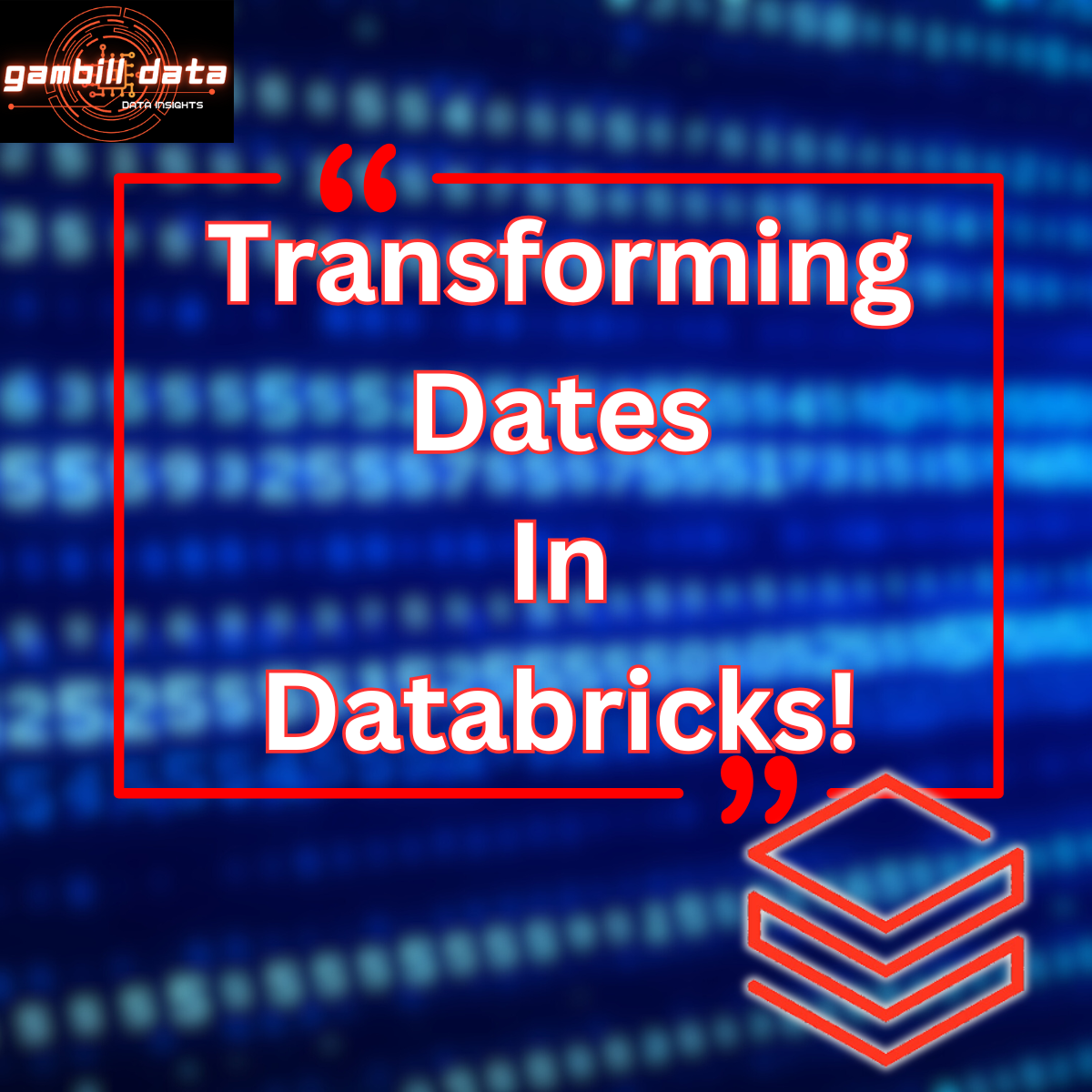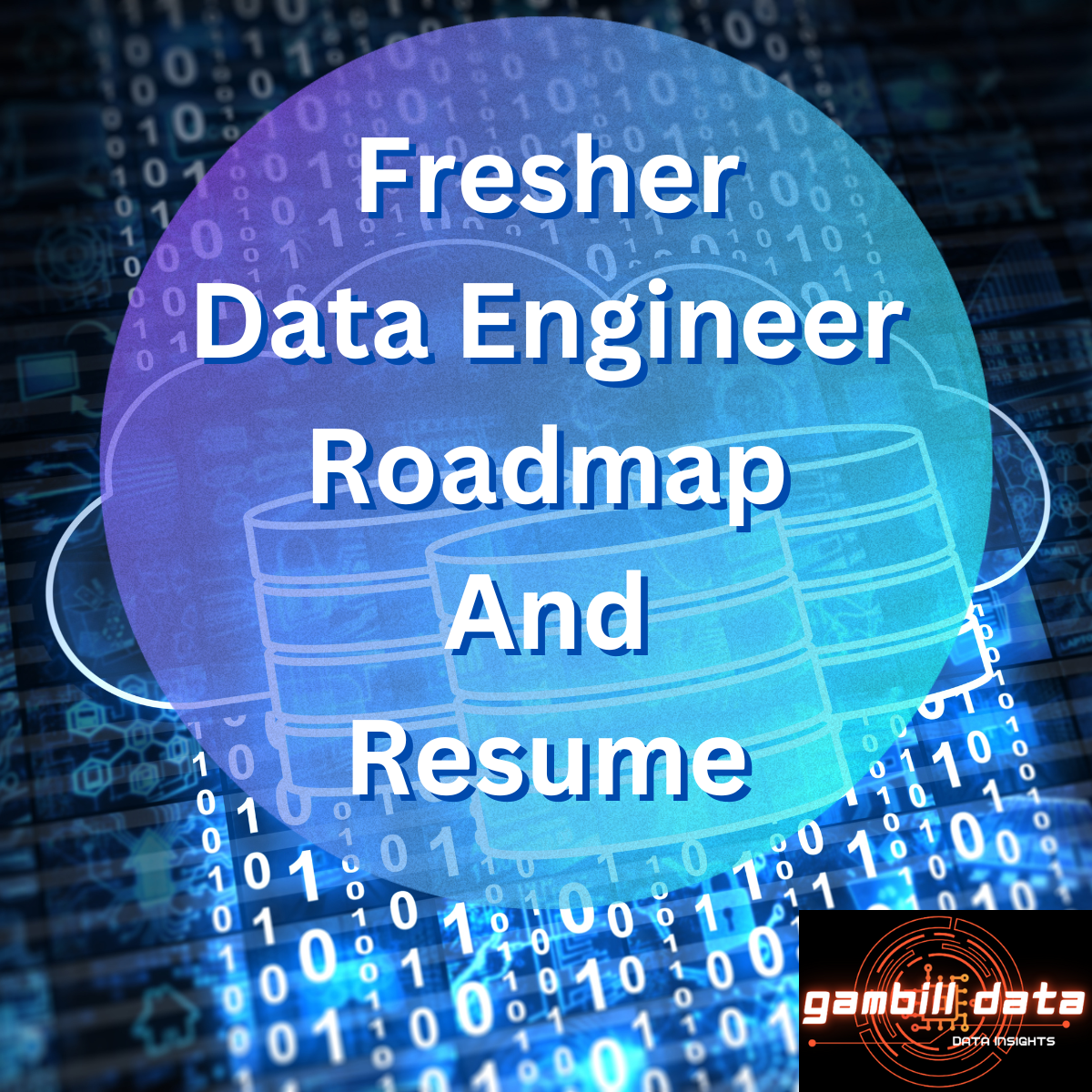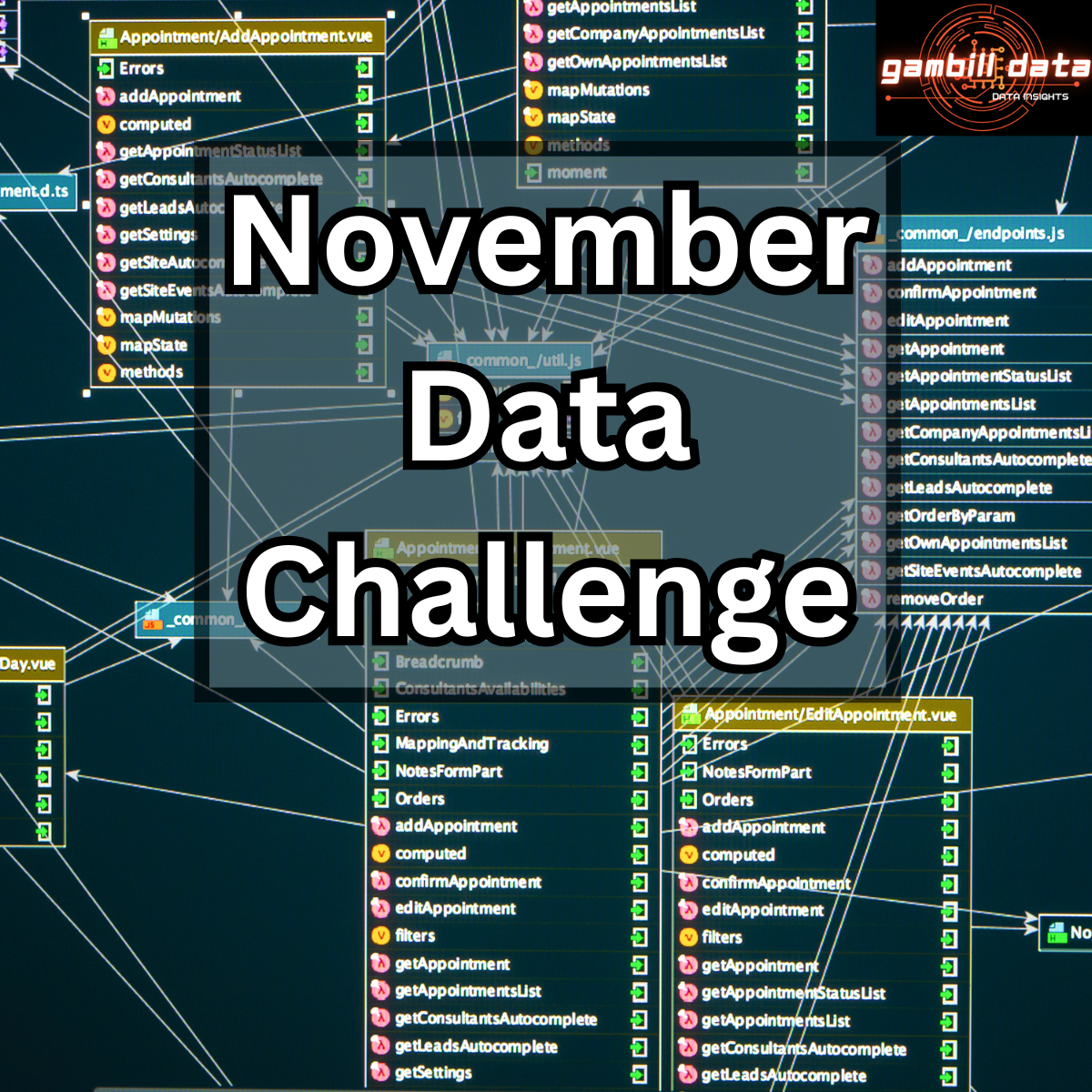All Gambill Data Blogs

Mage AI: Simplifying Data Pipelines for Your Business
Simplify your data workflows with Mage AI: an open-source tool to build and manage pipelines effortlessly. Optimize your business operations with Mage AI.

The Genius Behind WHERE 1=1: Why It’s More Than a SQL Quirk
If you've been working with SQL for any amount of time, you’ve probably stumbled across WHERE 1=1 in a query and thought, what’s the point of this? I’ll admit, the first few times I saw it, I was frustrated. It seemed redundant, pointless, and, frankly, a waste of space.
But over time, I realized that WHERE 1=1 (and its sibling, WHERE 1=0) are more than just quirky SQL statements—they’re actually incredibly practical in certain scenarios. Let’s break down why they exist and how you can use them effectively in your SQL workflows.

Automate Your QuickBooks Data Integration with Python: A Step-by-Step Guide
Managing data from QuickBooks can be challenging, especially if you're working with multiple entities like customers, invoices, payments, and vendors. That's where this Python script comes in! It automates the process of pulling data from QuickBooks and loading it into a SQL Server database, ensuring your data is centralized and ready for analysis.
In this blog, I’ll explain how the script works, what it’s good for, and how you can use it to streamline your data workflows.

SQL Joins: Master Data Insights & Ace Interview Questions
Master SQL Joins with this comprehensive guide. Explore INNER, LEFT, RIGHT, and FULL OUTER JOIN, avoid pitfalls, and ace interview questions. Download the SQL script for hands-on practice.

Propel Your Business Forward with Data
As businesses charge into 2025, many leaders are looking for ways to streamline operations, make smarter decisions, and stay ahead of the competition. One of the most valuable resources at their disposal is data.
But here’s the catch: Without proper processes in place, data often becomes a burden instead of an asset.
I’ve seen this across industries, from small businesses to massive corporations:
🕒 Teams spending hours piecing together data manually.
📊 Decision-makers waiting on reports that are outdated before they’re even shared.
❌ Opportunities missed because critical insights weren’t available when they were needed most.
These challenges lead to inefficiencies, frustration, and lost opportunities. But here’s the good news: it doesn’t have to be this way.

Why Excel Will Always Be King (and What Data Professionals Can Learn From It)
Imagine this: you’ve spent weeks designing a state-of-the-art dashboard. It has interactive visualizations, drill-down capabilities, and real-time updates. You proudly present it to your business users, only to hear the inevitable question:
“How do I export that to EXCEL?”
If you’ve ever worked in data, you’ve likely faced this scenario. No matter how advanced our tools become, Excel remains the backbone of many business workflows. It’s not just a tool; it’s a language most business users speak fluently. As data professionals, it’s crucial to understand why Excel remains indispensable and how to work with it effectively—not against it.
In this post, we’ll explore:
Why Excel continues to dominate business workflows.
How to bridge the gap between Excel and modern data platforms.
Practical tips for data professionals to thrive in an Excel-first world.

How AI and Data Engineering Are Shaping the Future of Work in 2025
The O'Reilly 2025 Tech Trends Report is out, and it delivers a fascinating glimpse into the future of technology and careers. One of the standout findings? Data engineering skills experienced a 29% increase, highlighting their critical role in powering AI applications.
In a world increasingly driven by AI, data engineering serves as the backbone for innovation, ensuring that data is accurate, accessible, and actionable. But what does this mean for professionals, and how can we embrace these trends to future-proof our careers?

Transform Dates and Ensure Data Quality With Databricks & PySpark
Messy date formats can wreak havoc on your data pipelines, causing errors, failed joins, and unreliable insights. Whether you’re dealing with inconsistent formats like YYYY-MM-DD, MM/DD/YYYY, or text-based dates like 'Oct 25th', cleaning and standardizing dates is crucial for ensuring data quality.
In this blog post, we’ll explore how to handle date formatting challenges using Databricks and PySpark. From parsing text-based dates to converting Excel serial numbers, you’ll learn practical techniques to clean your data and build reliable pipelines.

Data Engineering Roadmap and Fresher Resume Guide: Your Blueprint to Success
Are you looking to start your career in data engineering but don’t know where to begin? Or maybe you’re struggling to build a resume that stands out as a fresher? You’re not alone. Breaking into data engineering can feel overwhelming, with so many skills to learn and technologies to master. That’s why I created the Data Engineer Honeycomb of Traits—a visual guide to help you map out your journey. In this post, I’ll walk you through the roadmap, provide actionable tips, and even share a sample project-based resume to help you land your first role.

Fix Messy Date Formats in SQL: A Complete Guide
Messy date formats in SQL can frustrate even the most seasoned data professionals. If you've ever found yourself dealing with YYYY-MM-DD from one source, MM/DD/YYYY from another, and quirky formats like '12th Dec 2024', you're not alone! Fortunately, SQL has powerful tools to handle these inconsistencies, ensuring your data is clean and ready for analysis.

Cloud vs. On-Premises: What to Consider Before Making the Move
“Get more out of your data, Migrate to the Cloud NOW!”
“The future is in the Cloud!”
“Keep up with your competition, Move to the Cloud Today!”
These messages are everywhere—ads, newsletters, even conversations at industry events—constantly reminding you that if you aren’t moving to the cloud, you’re somehow being left behind. But before you scramble to shift all your workloads and processes online, ask yourself: Are you truly ready for this move? Is migrating going to save you money or just swap one set of expenses for another? More importantly, do you really need to trade your on-premises infrastructure (the hardware and equipment you own and manage within your building) for a cloud-based model?

Your Step-by-Step Blueprint for Migrating from On-Prem to Azure
Migrating to the cloud is no longer just an IT upgrade—it’s a fundamental shift in how businesses operate, scale, and grow. Moving from on-premises infrastructure to Azure opens the door to incredible benefits: scalability, cost savings, and increased agility.
But let’s be honest: the process can feel overwhelming. Where do you start? How do you ensure nothing critical gets overlooked?
That’s why I’ve created a 5-step blueprint to make your migration smoother and more manageable. By following this guide, you’ll be well-prepared to move to the cloud with confidence and set your business up for success.

November Data Challenge: Optimizing SQL Queries for Year-End Reports
As we approach the end of the year, data engineers are often tasked with preparing large-scale reports that provide insights on business performance. These reports can involve complex queries, requiring efficiency to avoid long processing times. This month’s code challenge focuses on optimizing SQL queries to handle high data volumes effectively.

5 Bad SQL Habits Self-Taught Data Professionals Need to Unlearn
Breaking these habits now will set you up for more efficient and professional SQL practices!

Future-Proofing Data Governance: Key Strategies for the Modern Era
Mastering Data Governance: Key challenges, solutions, and staying ahead of the curve in the digital age. Dive into the future of data governance.

Query Optimization: Techniques Every Data Engineer Should Master
Your data is growing, your warehouse is getting bigger and more complex, parts of your business that once were doing everything manually now depend on your data to make decisions daily. This is the goal, but with it comes concerns. As your warehouse scales to encompass more and more parts of your business, and your tables get larger and larger, you may notice that your queries start running slower, reports refresh at a rate unacceptable to your business partners, and people either start complaining, or worse, revert to old practices.

The AI Revolution
While AI is revolutionizing how we handle data, there’s a growing concern that it might be overshadowing the need for developing junior professionals. By automating many entry-level tasks, are we limiting opportunities for new talent to gain the hands-on experience they need to become senior data engineers?

Handling Sudden Workload Spikes in Data Engineering
Sudden spikes in workload can be challenging, especially when you're managing data pipelines in production. Here are some key strategies to effectively optimize data processing performance and keep things running smoothly.

Unlocking the Power of Data for SMBs: Practical Steps to Drive Growth and Efficiency
In today's business landscape, data isn't just for the big players. Small and medium-sized businesses (SMBs) are increasingly harnessing the power of data to make better decisions, streamline operations, and gain a competitive edge. But where do you start if you don’t have the resources of a Fortune 500 company?
This blog will guide SMBs on how to build a practical data strategy that helps you grow your business without a large IT budget or a specialized data team.

Data Pipelines vs. ETL/ELT
As data engineers, we deal with a lot of moving parts—everything from ingestion and validation to transformation and storage. But one of the most common questions I get asked is: What’s the difference between a data pipeline and ETL/ELT? The terms are often used interchangeably, but they represent different pieces of the data engineering puzzle.
